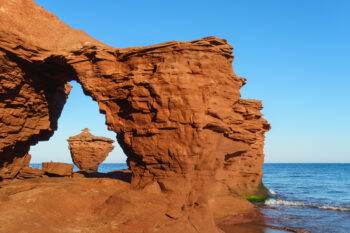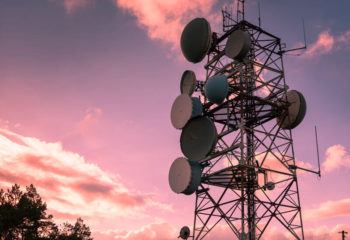Wave Model of Light Science Games
10 gamesIn this series of games, your students will learn how light behaves like a wave. The Wave Model of Light learning objective — based on NGSS and state standards — delivers improved student engagement and academic performance in your classroom, as demonstrated by research.
Scroll down for a preview of this learning objective’s games and the concepts they drive home.
Concepts Covered
Light is the transfer of energy via electromagnetic waves. Modeling it as a wave allows us to understand its behaviors that other waves experience, like reflection, refraction, absorption, transmission, diffraction, and interference.
Waves are disturbances that transfer energy from one place to another. There are many different measurements used to describe waves:
- Wavelength – the distance between two wave peaks.
- Amplitude – half the distance between the lowest point (trough) and highest point (crest or peak).
- Frequency – how many wavelengths pass over a period of time.
- Period – how long it takes for one wavelength to pass a single point.
- Speed – the distance a wave travels over time.
Visible light, radio waves, microwaves, infrared radiation, ultraviolet, x-rays, and gamma rays make up the electromagnetic spectrum. They all travel at the same speed — the speed of light — in a vacuum, but when they come into contact with matter, they slow down.
Stars, fire, lamps, and other sources emit light. Different sources produce different types of light. For example, the sun gives off visible light as well as some infrared and ultraviolet light.
Different materials cause light to behave differently when it interacts with them. They can reflect, transmit, or absorb different amounts and wavelengths of light.
A preview of each game in the learning objective is found below.
You can access all of the games on Legends of Learning for free, forever, with a teacher account. A free teacher account also allows you to create playlists of games and assignments for students and track class progress. Sign up for free today!






